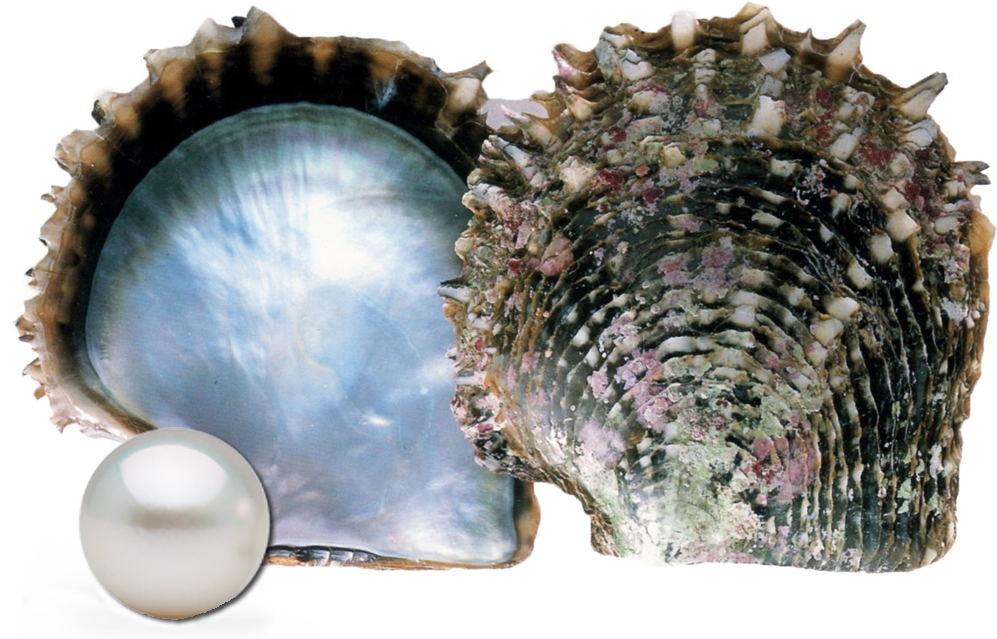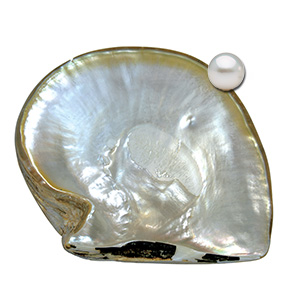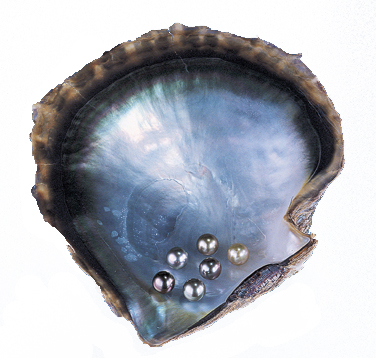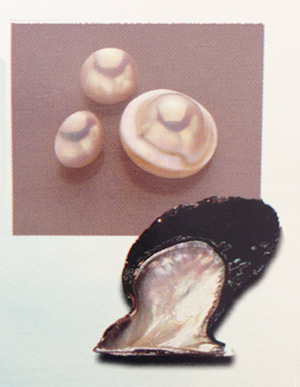History of Pearls
Throughout history, the pearl has been one of the most highly prized and sought after gems. Countless references to the pearl can be found in the religion and mythology of many cultures from the ancient times.
The ancient Egyptians praised pearls so much they were buried with them. In ancient Rome, pearls were considered the ultimate symbol of wealth and social standing. The Greeks associated them with love and marriage. During the Dark Ages, gallant knights often wore pearls onto the battlefield, believing that the magic possessed by the pearls would protect them from harm.
During the Renaissance time, pearls were highly regarded, they passed laws forbidding the wearing of pearls by those outside the nobility.
Until the early 19th century, natural pearls were accessible only to the rich and famous.
In 1916 renowned French jeweler Jacques Cartier bought his landmark store on New York's famous fifth Avenue by trading two pearl necklaces in exchange for the valuable property.
Today, with the advent of pearl cultivation, pearls are affordable and available to all. Cultured pearls share the same properties as natural pearls and are grown by live oyster.
Types of Pearls

Ahoya (Grown in Japan and China)
Akoya pearls are the classic cultured pearls of Japan. They are the most lustrous of all pearls. In recent years, China has been successful in producing Akoya pearls within their own waters, however at this time they are unable to produce as brilliant a luster as high quality as Japanese Akoya pearls

White South Sea (Grown in Australia, Myanmar and Indonesia)
White south sea pearls are grown in large tropical oysters. They generally range in size from 10mm to 20 mm and command premium prices because of their relative rarity and large size.

South Sea Black (Grown in French Polynesia)
South Sea black pearls are grown in a variety of large pearl oyster s found in French Polynesia. Their beautiful, unique color and large size can command high price.

Freshwater (Grown in Japan, China and the United States)
Freshwater pearls are cultivated in freshwater lakes and river in China, Japan and the United States. Due to their easy cultivation, they are fairly inexpensive. Many are less lustrous than salt water cultured pearls, but their low price, unique shapes and colors have made them popular in recent years. However, the most prestigious freshwater called Biwa pearls from Japan are no longer producing due to water pollution and now they have become collector's items.

Mabe Pearl (Grown in Japan Indonesia, and Australia)
Mabe pearls are hemispherical cultured pearls grown against the inside shell of an oyster rather than within the oyster's body. They generally are used in earrings or rings which conceal their flat backs.
881 Dover Drive Suite 133 Newport Beach, CA 92663
pearlsbyemiko1@gmail.com
(949) 673-3500